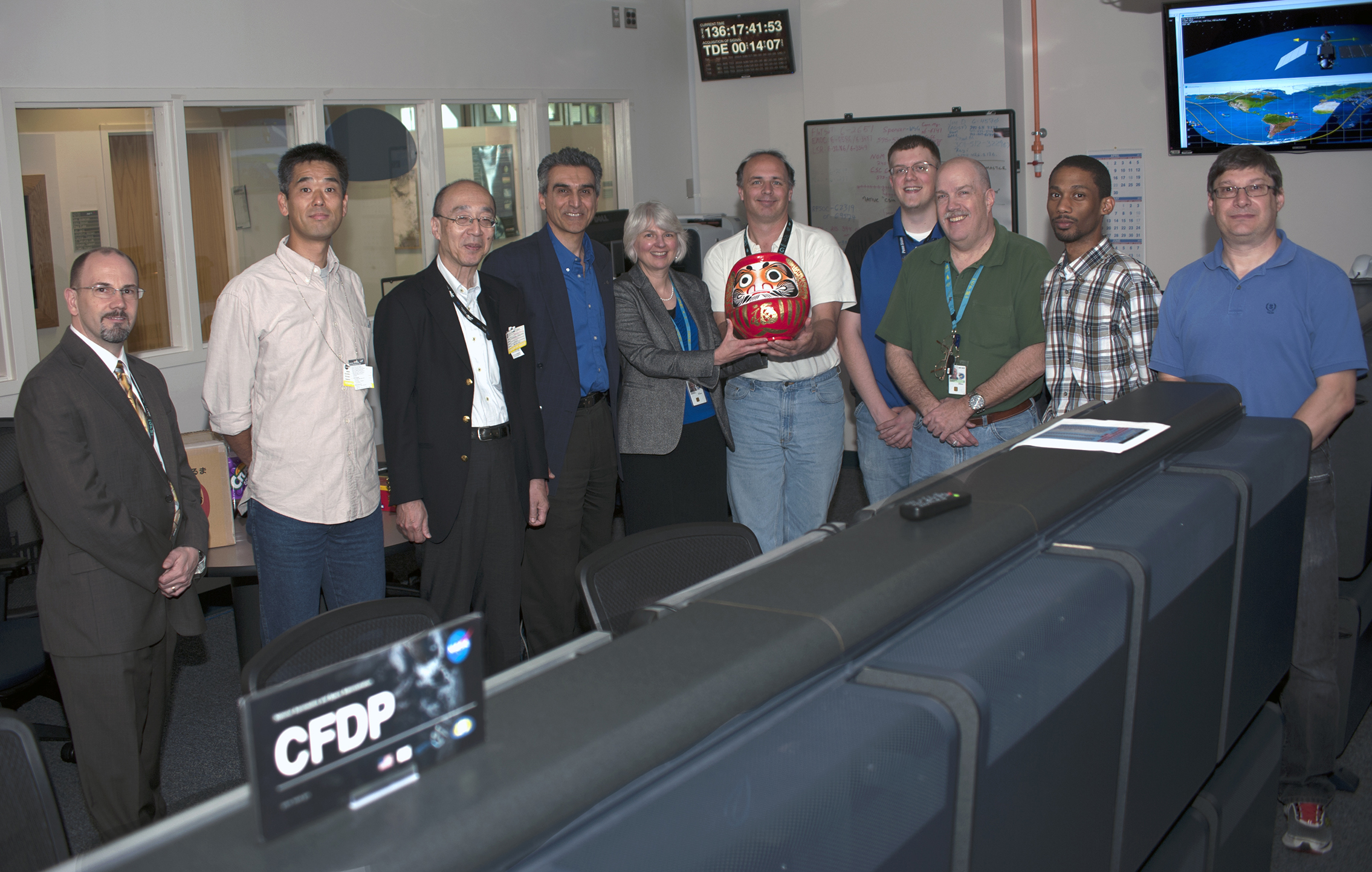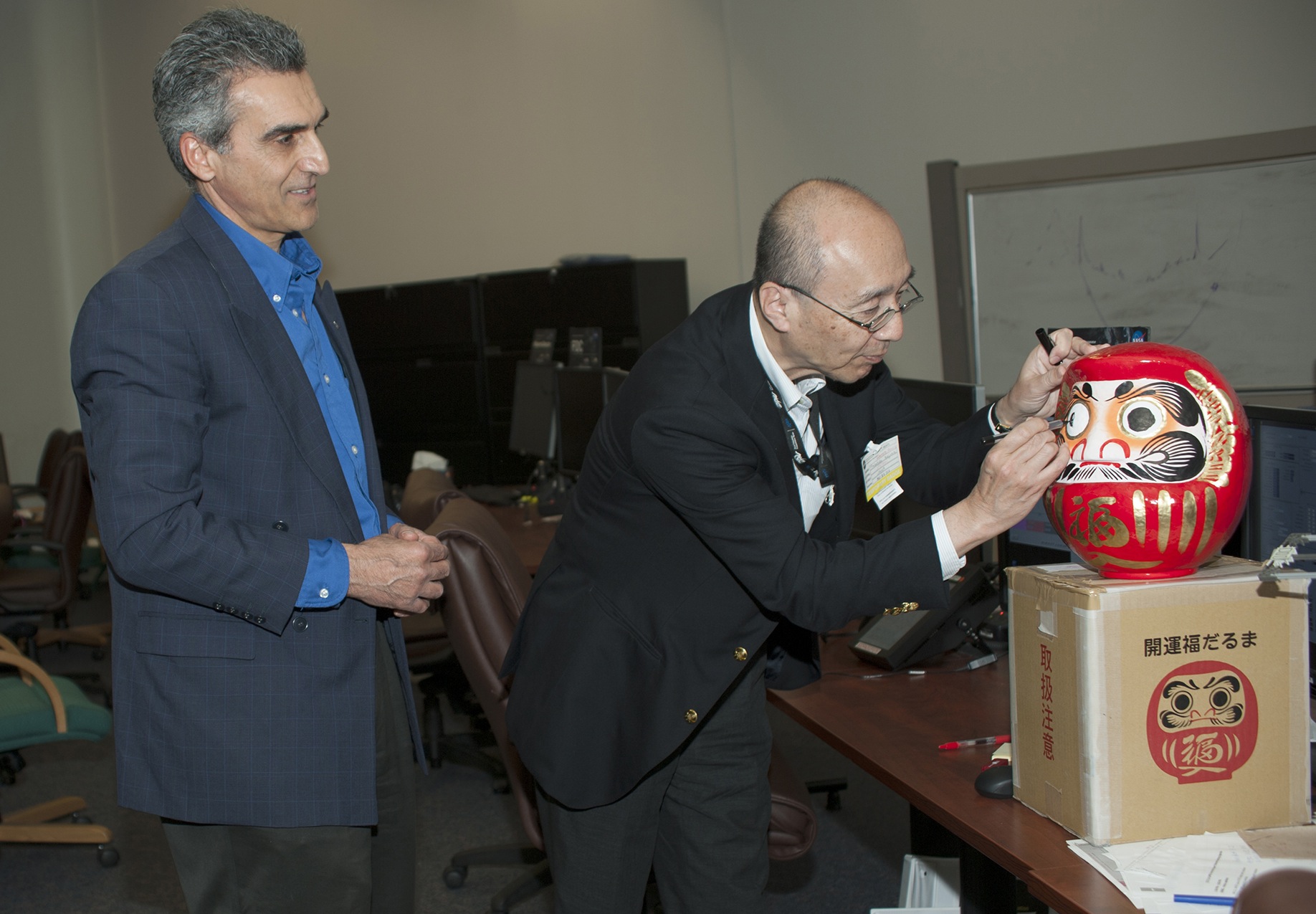Daruma Doll Delivery

Multimedia content


This signifies the successful completion of on-orbit check out of the GPM Core Observatory.
Owen Kelley, research scientist at NASA Goddard Space Flight Center, discusses the science, the technology and the researcher who coined the term "hot tower" 50 years ago. During the past decade, NASA's Tropical Rainfall Measuring Mission satellite has been able to collect definitive statistics on the association of hot towers (towering thunderclouds) and hurricane intensification.
An interview with Beth Weinstein, a GPM integration and test (I & T) engineer, Lisa Bartusek, GPM Deputy Mission Systems Engineer, and Carlton Peters, associate branch head at NASA Goddard Space Flight Center and the GPM thermal branch development lead.
Dr. Kirschbaum discusses her role with GPM, how she became a scientist, and how remotely sensed satellite data can be used to study and evaluate natural hazards such as landslides.
Video Text:
Profile of Steve Nesbitt, a professor of Atmospheric Sciences at the University of Illinois and a mission scientist on GPM ground validation field campaigns. Nesbitt uses the data collected to improve the representation of cloud microphysical processes using radars, aircraft probes, and surface instrumentation in satellite precipitation algorithms to improve global precipitation estimates.
Video Text:
When asked to picture the shape of raindrops, many of us will imagine water looking like tears that fall from our eyes, or the stretched out drip from a leaky faucet. This popular misconception is often reinforced in weather imagery associated with predictions and forecasts.
Raindrops are actually shaped like the top of a hamburger bun, round on the top and flat on the bottom. This new video from the Global Precipitation Measurement mission explains why.



D3R's dual frequencies match those of the GPM DPR radar. Some work to the D3R computing infrastructure will be performed at Wallops, and then the radar will be collocated with NASA's NPOL radar in Newark, MD.